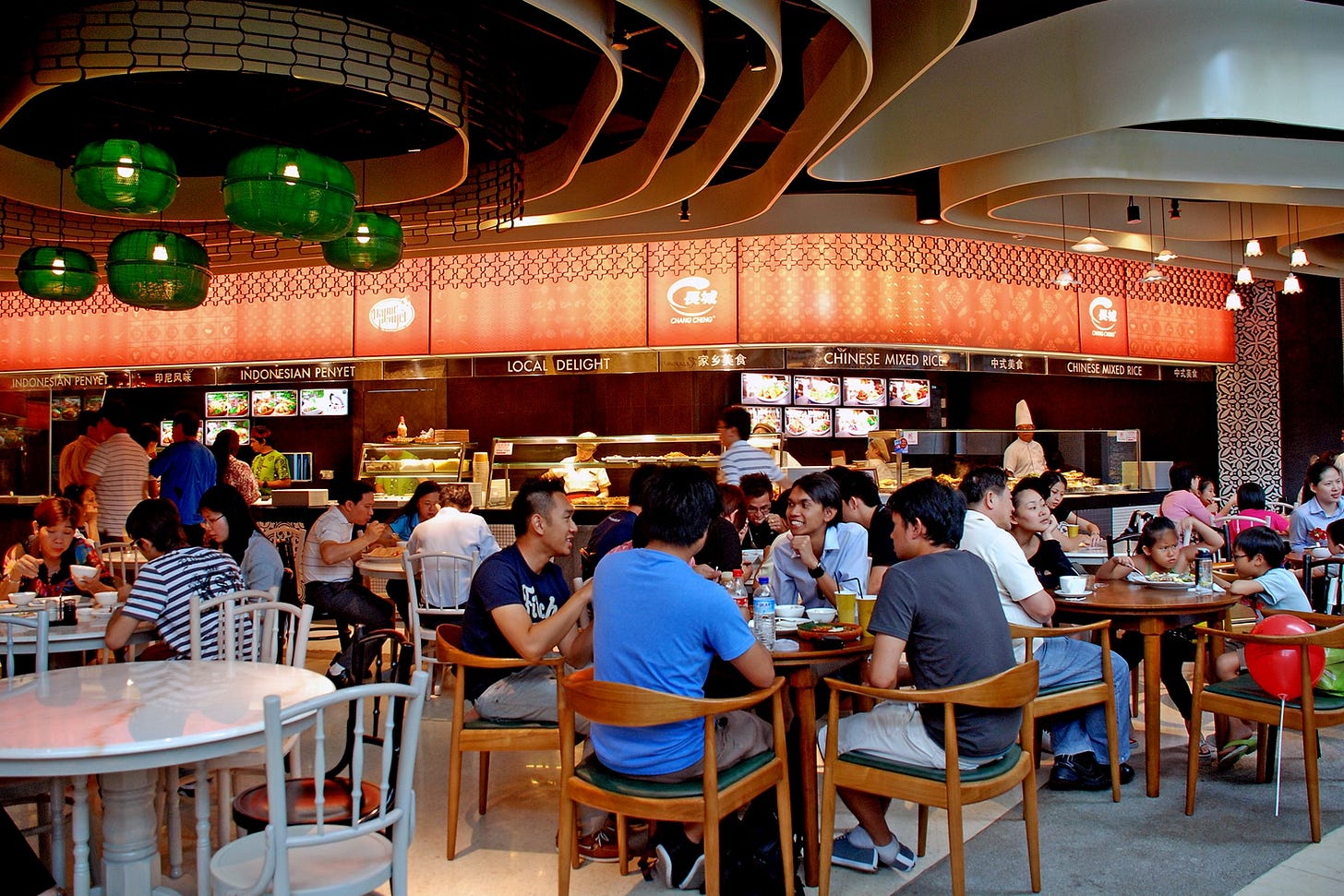Addressing Food Insecurity: Corporate Fundraising and Youth Engagement with Food Bank Singapore
By Alexander Gerasimchuk, Lauren Lee, Simon Wordofa, and Eric Xu, Brown University

The Socioeconomic Context
Food insecurity remains a significant challenge in Singapore despite the nation's significant economic advancement. Approximately 10.4% of Singaporean households experience food insecurity–assuming an average household size of 3.2 individuals, this percentage translates to roughly 384,000 individuals affected.
This situation exists alongside considerable food waste, with annual figures reaching 755,000 tonnes. This paradoxical coexistence of scarcity and surplus represents a fundamental distributional inefficiency within Singapore's food systems that warrant an intervention.
The Collaborative Framework
By developing formal partnerships with Singapore-based corporations, our aim is to secure consistent funding and in-kind donations. Donations include things such as surplus food from company cafeterias or sponsorships for operational needs like food transport vans and storage. These partnerships will directly support our redistribution efforts by channeling resources to Food Bank Singapore’s network of community fridges, food pantries, and vending machines. This outreach is reinforced by our public awareness initiative, which leverages posters, social media campaigns, and data-driven visuals in order to mobilize volunteers, encourage individual donations, and educate the public on the scale and urgency of food insecurity in Singapore.
Key Strategic Elements:
Corporate Partnership Development: One of our key goals is to develop formalized partnership arrangements with local-based corporations in order to better facilitate structured food donation programs, funding models, and corporate volunteer programs. Corporate contributions can help fund essential infrastructure like food collection vans, bulk food purchases, and logistics operations that expand the reach and reliability of food distribution efforts.
Public Awareness Initiative: Our Public Awareness Initiative involves creating, distributing educational visuals that show evidence-based statistical data regarding food insecurity in Singapore in the hopes of bringing more awareness to corporate stakeholders and the general public about the food insecurity issues currently facing Singapore. Increased volunteer sign-ups and individual or group contributions should help to raise community involvement.
Streamlined Contribution Mechanisms: By streamlining contribution mechanisms, we hope to develop simple paths for further organizational involvement in terms of systematic donation processes, financial contributions, and employee involvement initiatives. This calls for setting up regular donation pathways and uniform drop-off procedures to lower friction and boost involvement.
Implementation Status
Visual Communications: Our initial poster designs are now finished. We are looking at potentially incorporating additional statistical evidence in order to further improve their overall efficiency. Featuring bold colors, playful fonts, and engaging visuals, the posters spotlight the impact of food waste in Singapore while presenting clear calls to action and locally relevant data.
Stakeholder Engagement Materials: A range of corporate communications templates have been created, with refinement pending to focus on key messaging.
Anticipated Outcomes
Based on these projects and initial analysis, this partnership model has the potential to expand food collection capacity and extend nutritional assistance to additional food-insecure individuals within a six-month implementation timeframe.
The official corporate partnerships can help establish more stable and predictable resource flows, addressing the current seasonality of donations that often disrupts operations and limits the ability to plan effectively for the long term. By formalizing these relationships, organizations like Food Bank Singapore can better forecast supply, allocate resources efficiently, and maintain consistent support for food-insecure communities year-round.
Conclusion
This project is an organized attempt at tackling food insecurity in Singapore through the active involvement of corporate entities as proactive stakeholders in a collaborative initiative. Through creating systematic connections between surplus resources and nutritional shortfall, we can realize tangible strides toward reducing hunger while concurrently reducing wastage of food in our society.











